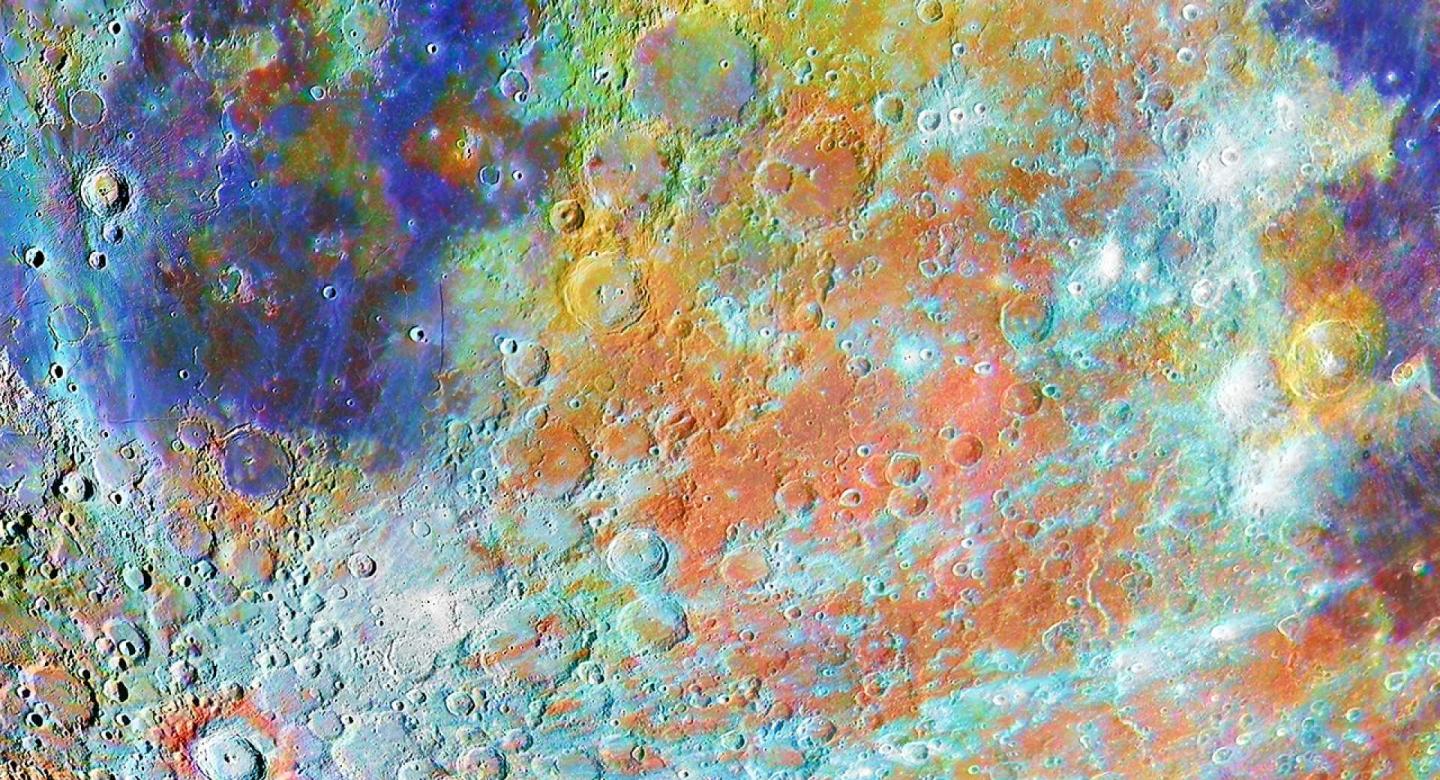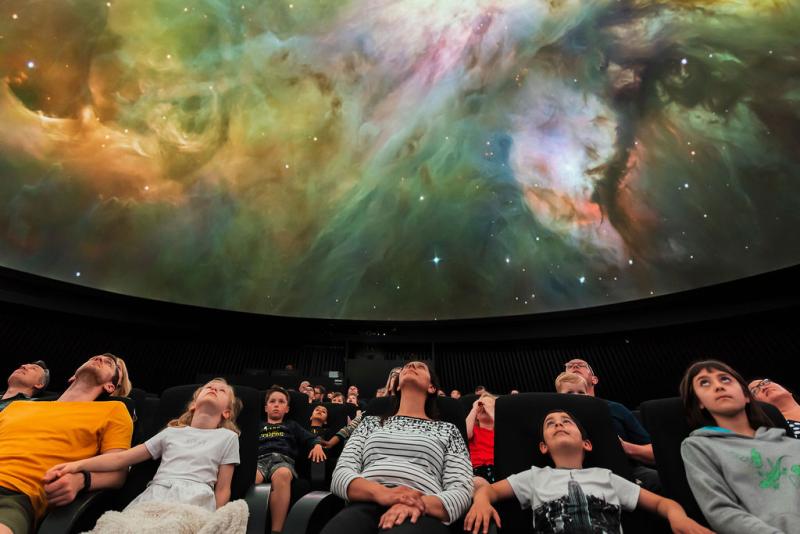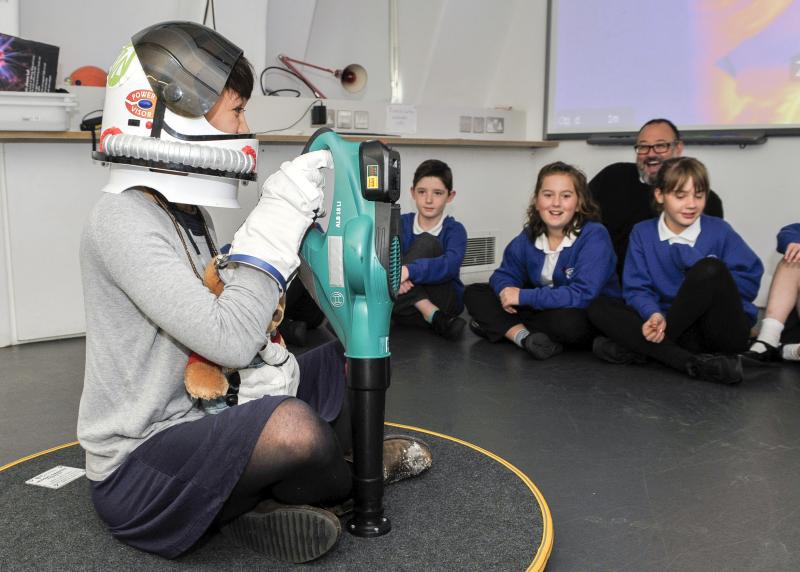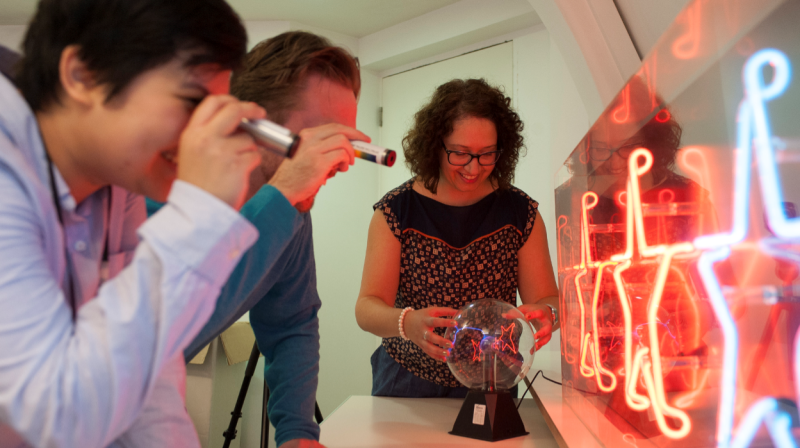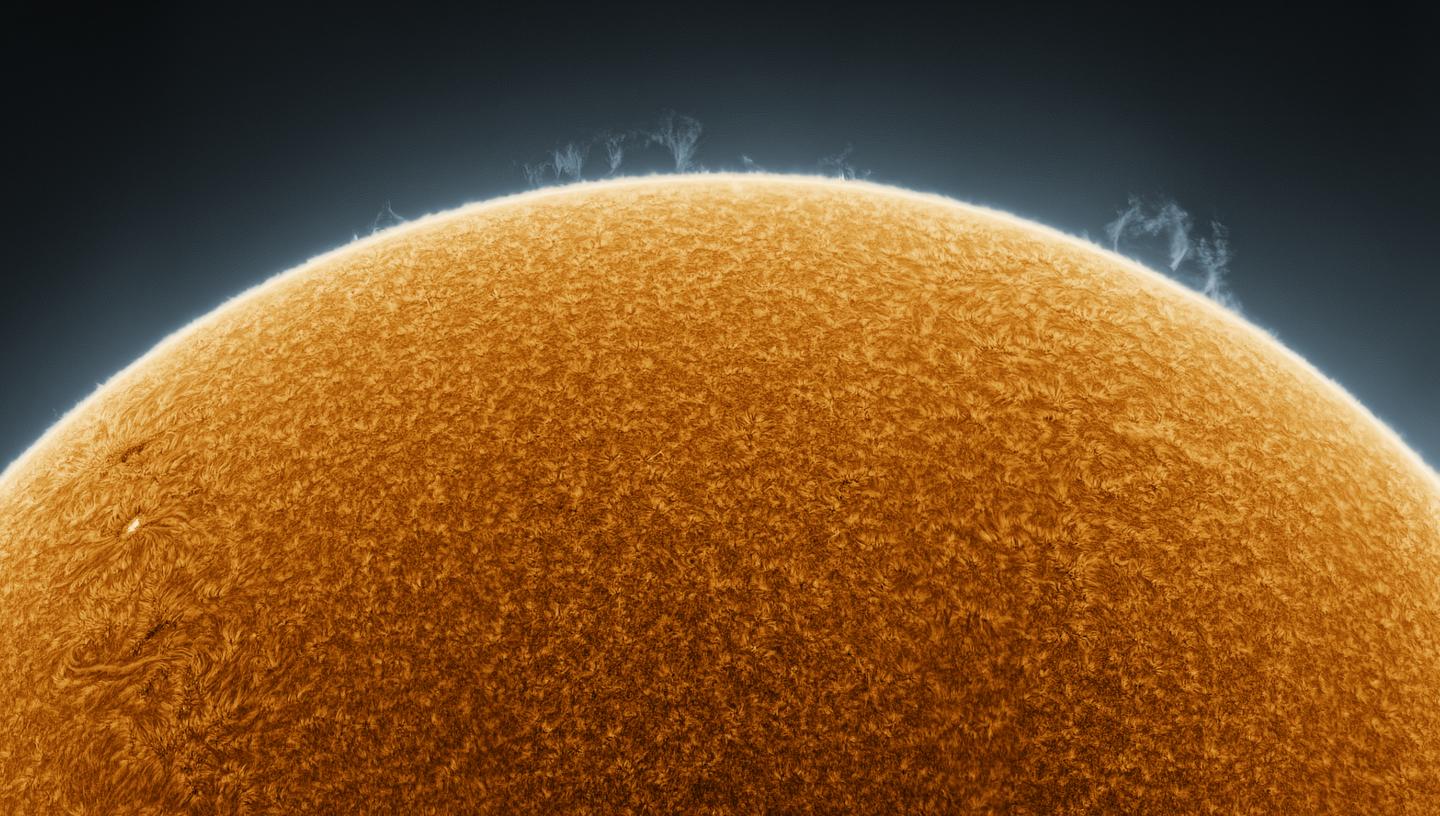
Discover what to see in the night sky in March 2022, including the Spring Triangle and the Beehive Cluster
Top 3 things to see in the night sky in March
- Throughout the month - Explore the Spring Triangle
- Throughout the month - Keep an eye open for the International Space Station
- 2 March - Spot a stellar swarm in the sky
(Details given are for London and may vary for other parts of the UK)
Look Up! podcast
Subscribe and listen to the Royal Observatory Greenwich's podcast Look Up! As well as taking you through what to see in the night sky each month, Royal Observatory Greenwich astronomers pick a topic to talk about.
For March, they're talking about the one year anniversary of NASA's Perseverance Rover's successful landing on Mars. Have a listen below!
Our podcast is available on iTunes and SoundCloud
Astronomy in March 2022: key events and what to see
Throughout the month: The Spring Triangle
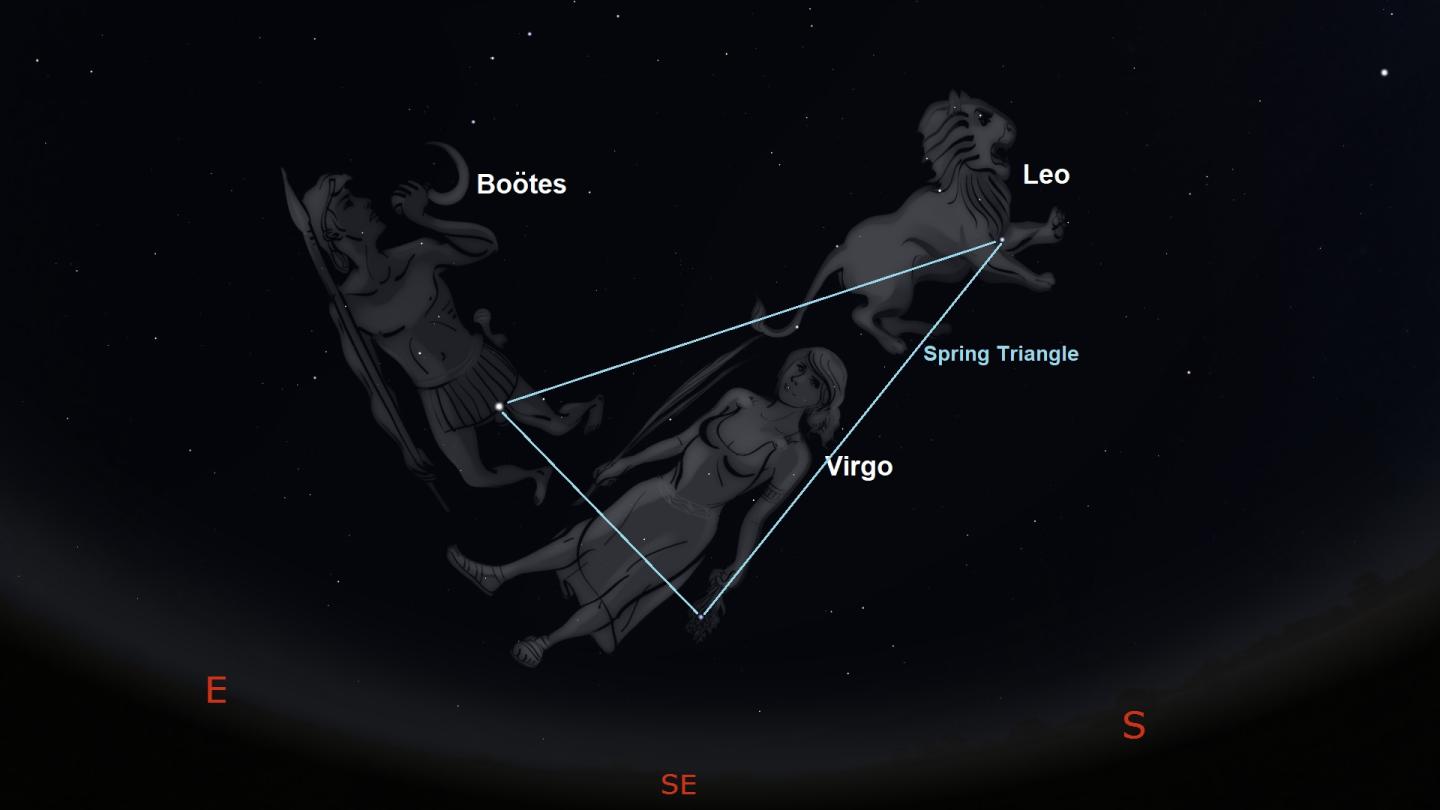
The constellations of Leo, Boötes and Virgo are prominent in the spring night sky – by joining the brightest stars of these constellations, we form the asterism known as the Spring Triangle. Begin with Spica in Virgo and connect it to Arcturus, the brightest star in the constellation of Boötes. Then move to Regulus, the brightest star in the constellation of Leo, before joining Regulus to Spica to complete the triangle.
Hidden close to the line that connects Arcturus to Regulus is the globular star cluster M53. Located around 60,000 light years from the Earth, this cluster is home to at least half a million stars. Viewed through a small telescope, the cluster will appear oval in shape with a large bright core. With a larger telescope, you’ll be able to see some of the cluster members.
Throughout the month: The International Space Station
During the month try to spot the International Space Station (ISS). It’s the largest artificial satellite in orbit around the Earth and due to its giant reflective solar panels, it can be seen easily from the Earth – a bright point of light moving across the sky in a matter of minutes. Visit Spot the Station, NASA's dedicated ISS website and enter in your location. The website will tell you when and where to spot it, and will tell you how long the flyover will last for.
If you’re keen on seeing other satellites passing overhead, then head to the website ‘Heavens-Above.com’, enter in your location details and you’ll see what satellites will be passing over your location. Information about the duration of the flyovers and the magnitudes of the satellites are also provided, making it easy to spot the artificial satellites in orbit around the Earth.
2 March: Spot a stellar swarm
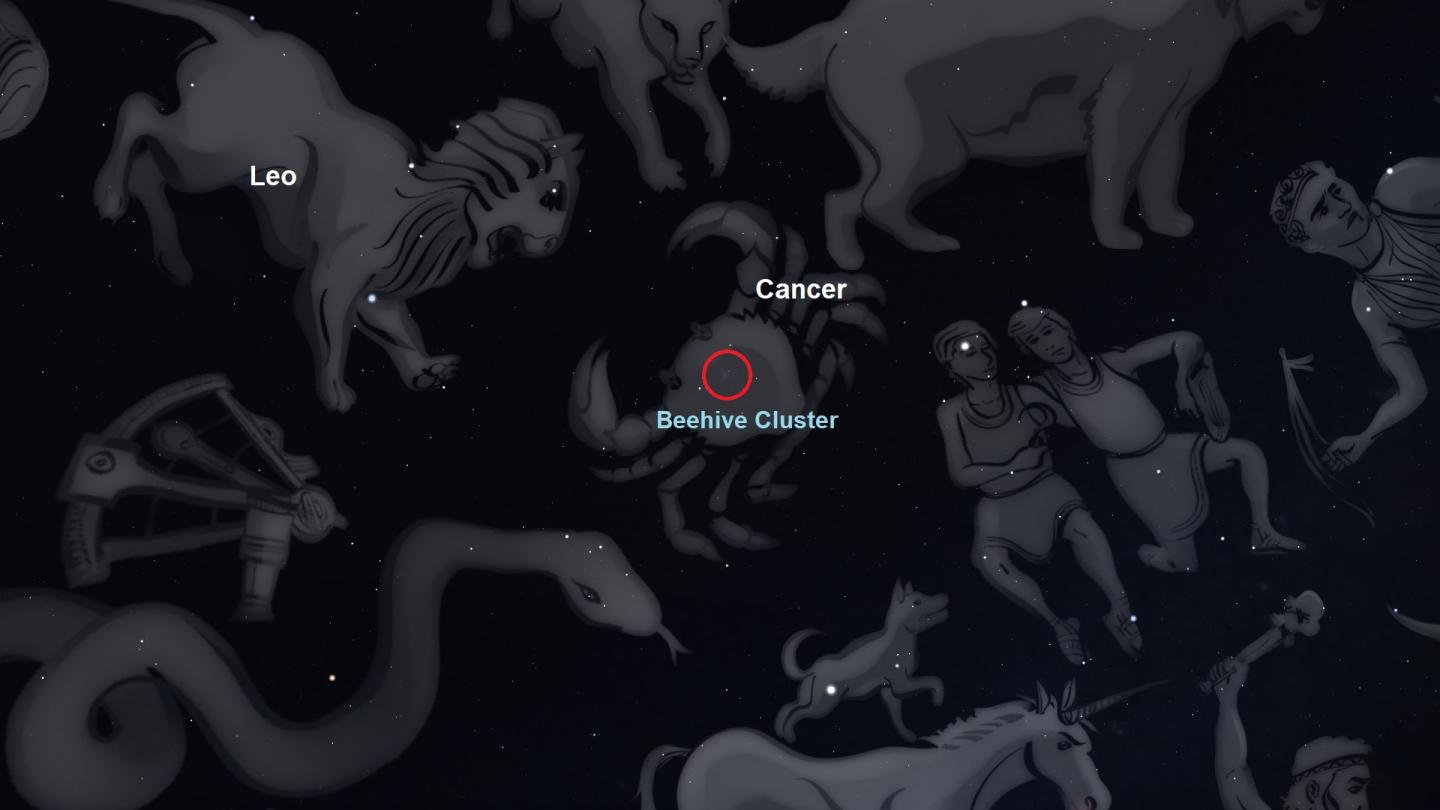
With new moon occurring on 2nd March, this is the best time to have a look at some deep sky objects. The Beehive Cluster is one object that is ideal to look at under dark sky conditions. Containing around one thousand stars and lying around 600 light years from the Earth, this open star cluster is located in the constellation of Cancer and appears as a fuzzy spot on the sky when looked at with the naked eye. Use a pair of binoculars though and you’ll see the stellar swarm that earned this cluster its name. In 2021, astronomers announced the discovery of two massive, hot exoplanets in orbit around two of its Sun-like stars, named Pr0201b and Pr0211b.
3 March: The Sombrero Galaxy
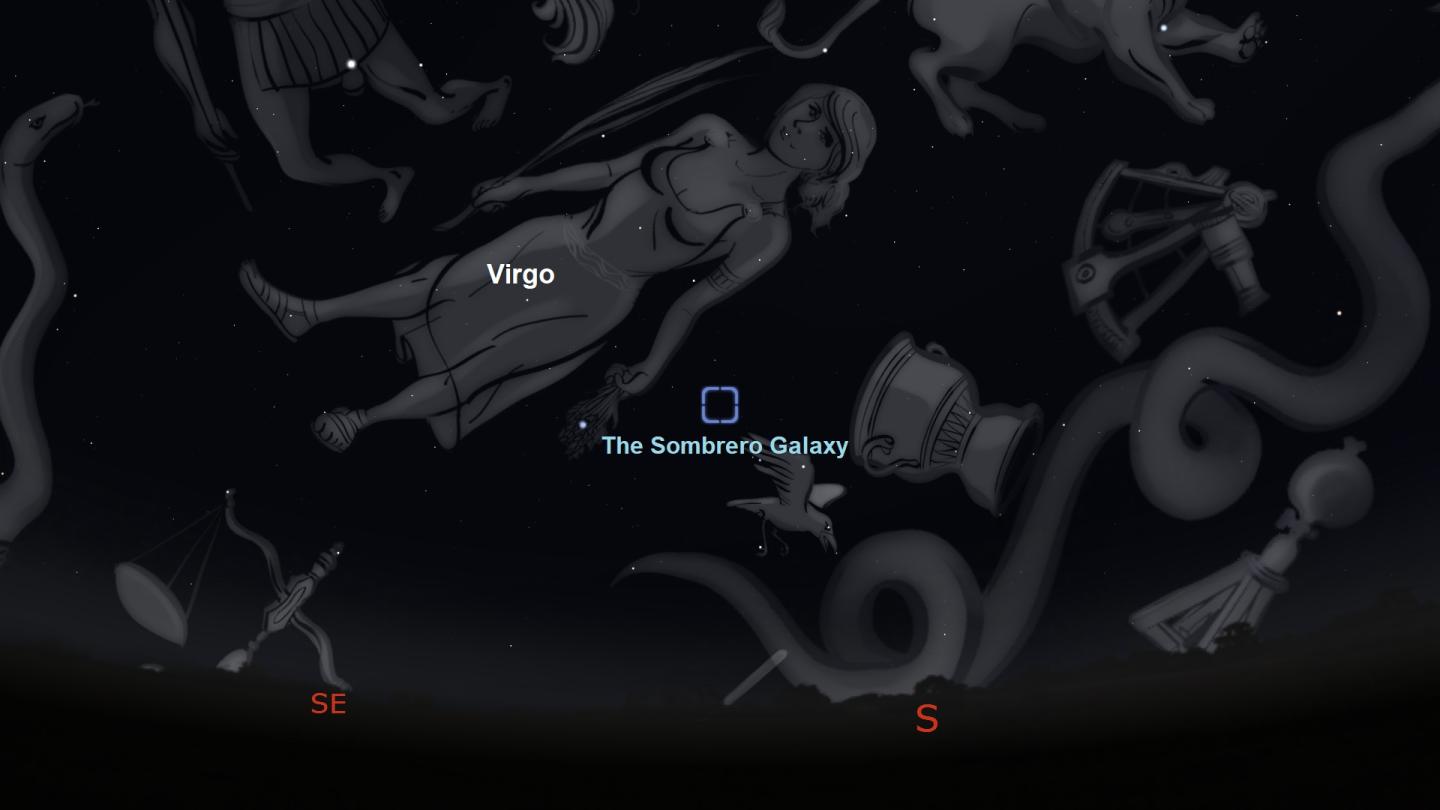
Use the dark sky conditions at the beginning of the month to look at the famous Sombrero Galaxy. Located in the constellation of Virgo the Maiden, this nearly edge-on spiral galaxy lies 28 million light years from the Earth. The bright central core of the galaxy is encircled by thick dust lanes comprising the spiral structure of the galaxy which gives it a Sombrero-like appearance, hence its name.
Beyond the limit of naked eye visibility, the galaxy can be spotted through a small telescope. The galaxy will be easier to spot around 1:00am when it will be at its highest above the southern horizon, but if you have an unobstructed view towards the south-eastern and southern horizons, then you’ll be able to spot the galaxy a bit earlier in the evening.
18 March: The Worm Moon
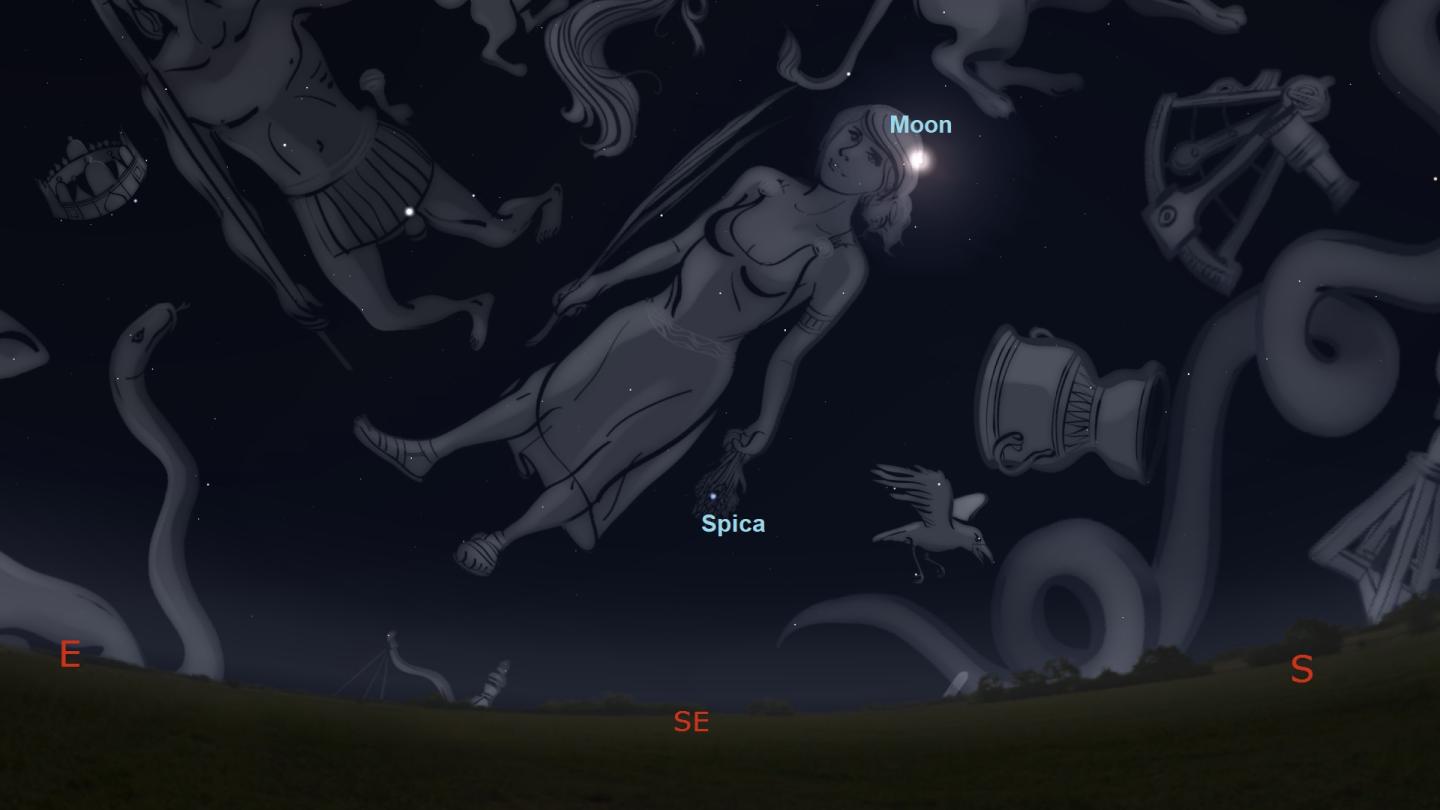
Different cultures around the world have given names to the full moon of each month. Most of the names used today come from the Native American culture. The full moon of March, which falls on the 18th, was called the Worm Moon by Native Americans because of the worm trails that would appear in the newly thawed ground. The full moon will be in the constellation of Virgo and although the bright moon light will make it more difficult to see fainter stars, you should be able to spot the brightest star of the constellation, the star Spica.
Although Spica might appear to be a single star to the naked eye, it is in fact a binary star system with one star much brighter than the other. The two stars are so close that they whizz around their common centre of gravity and complete an orbit every four days.
20 March: The March Equinox
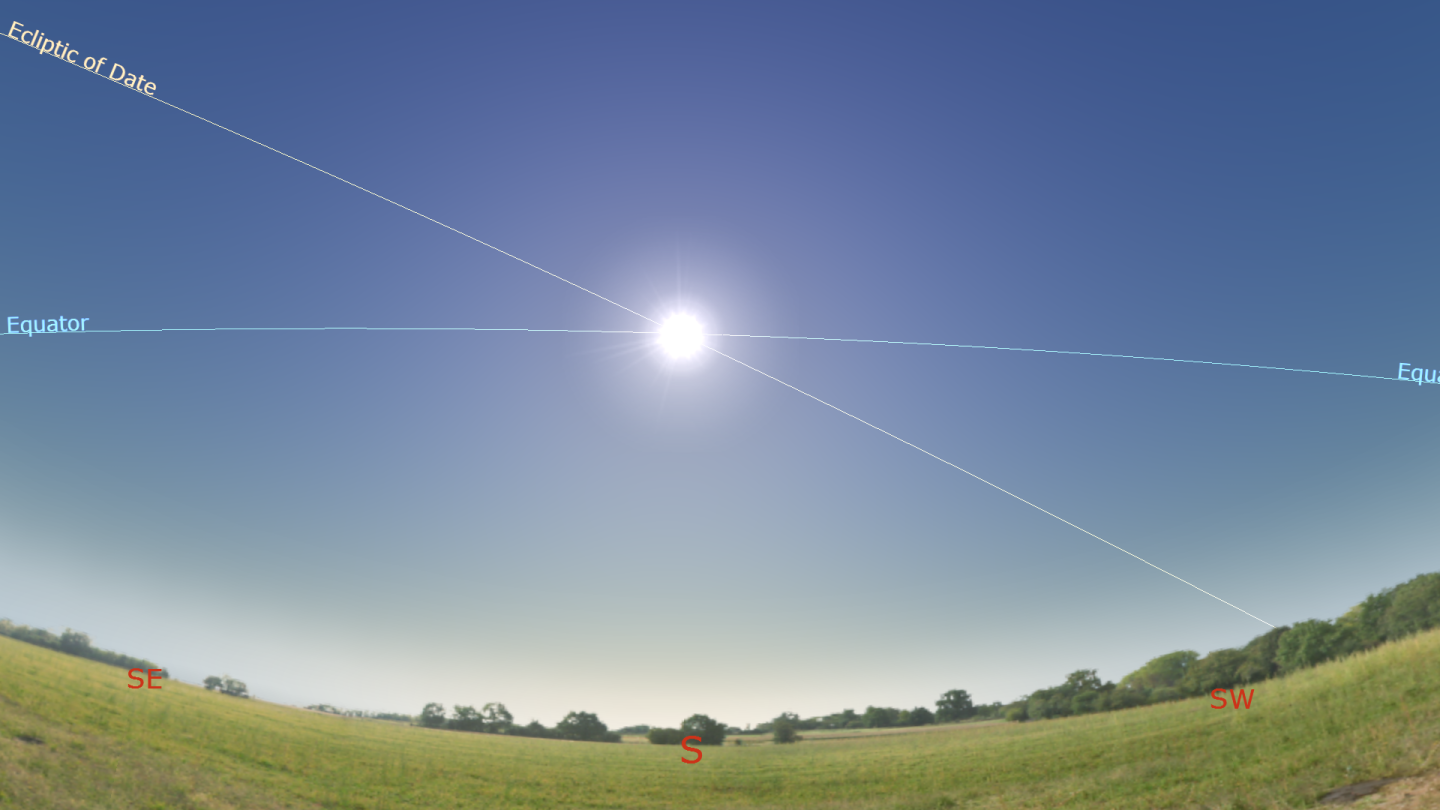
If you have had enough of the cold winter weather, the good news is that warmer weather is on the way. Astronomically, spring in the Northern Hemisphere begins at the March equinox, also known as the vernal equinox. This year, the March equinox occurs on the 20th. For those living in the Southern Hemisphere, summer officially ends at the March equinox, also known as the autumnal equinox, and autumn begins.
At an equinox, the Sun will shine directly on the equator and there will be nearly equal amounts or hours of daylight and night throughout the world on this day. As for the meteorological definition for when spring begins, because the spring months in the Northern Hemisphere are usually the months of March, April and May, and by definition spring starts on 1 March. Irrespective of which definition you choose to use, for those living in the Northern Hemisphere, we can look forward to warmer weather and longer days.
Southern Hemisphere: The Southern Pleiades
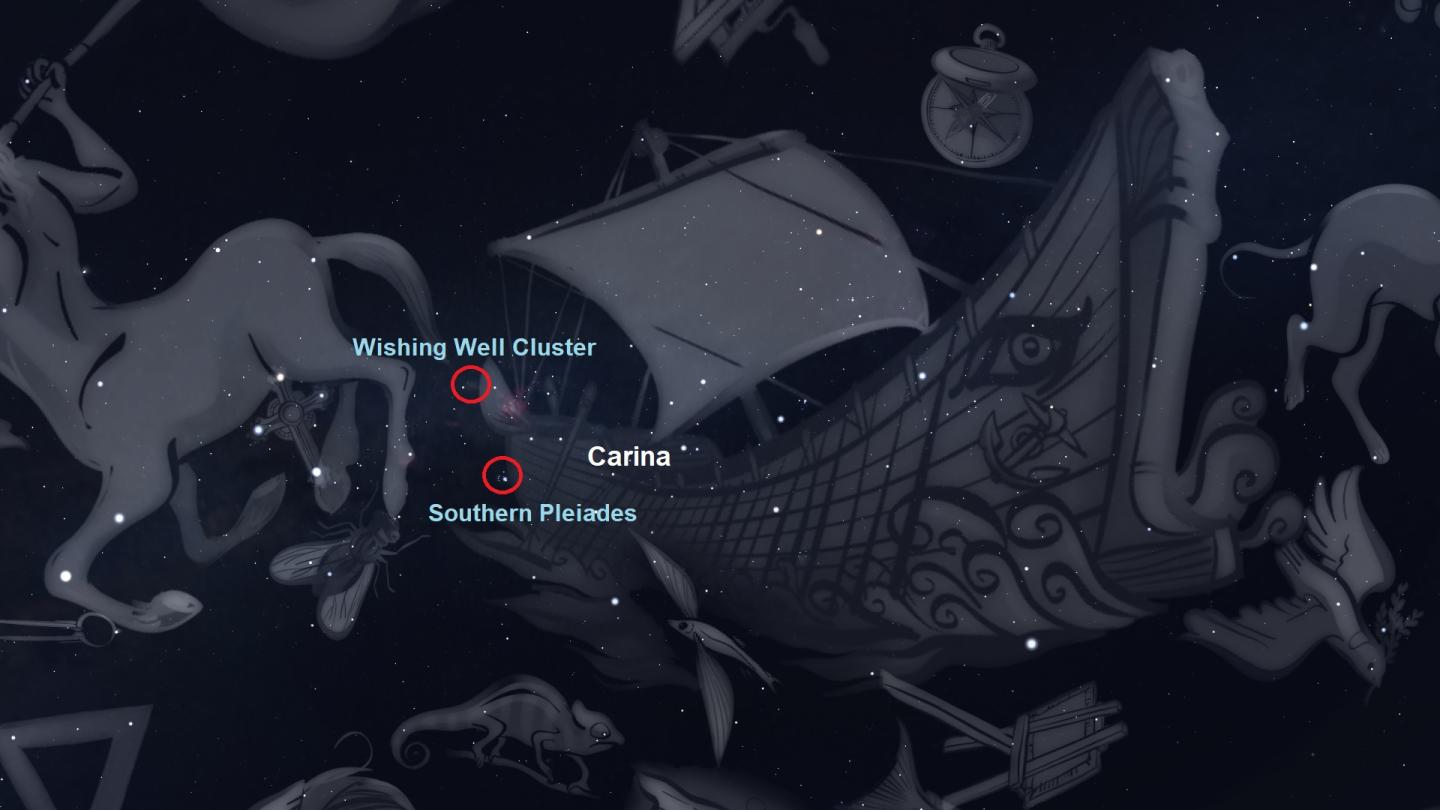
For those in the Southern Hemisphere, direct your gaze at the Southern Pleiades, a beautiful but often overlooked open star cluster that lies in the constellation of Carina the Keel. Best viewed through a pair of binoculars, this star cluster surrounds the blue star Theta Carinae, so the cluster is sometimes called the Theta Carinae cluster.
Another open star cluster that is worth a look at is NGC 3532 which can also be found in the Carina constellation. This cluster is informally known as the Wishing Well Cluster because it resembles silver coins which have been dropped into a well. Bright enough to be seen by eye, grab some binoculars and you’ll be able to see some of the red giants and hot blue stars that make up this cluster.
The Moon's phases this month
- 2 March: new moon (5:35pm)
- 10 March: first quarter moon (10:45am)
- 18 March: full moon (7:18am)
- 25 March: last quarter moon (5:37am)
If you're a fan of the Moon, then see the winning and shortlisted images in the 'Our Moon' category of the 2021 Astronomy Photographer of the Year competition, all featured in a new exhibition at the National Maritime Museum.
Stargazing Tips
- When looking at faint objects such as stars, nebulae, the Milky Way and other galaxies it is important to allow your eyes to adapt to the dark – so that you can achieve better night vision.
- Allow 15 minutes for your eyes to become sensitive in the dark and remember not to look at your mobile phone or any other bright device when stargazing.
- If you're using a star app on your phone, switch on the red night vision mode.
See our range of observing equipment
Share your pictures
This month's banner image is 'Rising Sun in False Colour' by Siu Fone Tang. It is one of the shortlisted images from the 2021 Astronomy Photographer of the Year competition.
Do you have any images of the night sky? If so, why not share your photos via our Royal Observatory Astrophotography Facebook group.
You can also connect with us via Twitter: @ROGAstronomers
Planetarium Shows
Join us for live planetarium shows
Royal Observatory Greenwich YouTube Channel
Subscribe to our YouTube channel and join us on a journey through time and space as we explore our Universe. You'll find a selection of videos on our channel, including our Observatory Online video series in which our astronomers explore different topics in astronomy and space exploration.
Resources for teachers and students
The Royal Observatory Greenwich's learning team has also created:
- Free animated videos that answer the biggest questions in astronomy and free resources to go alongside them.
- A whole host of podcasts featuring interviews with real space scientists, astronauts and active researchers working in UK universities.
- A 'learning at home' hub which contains a suite of resources for you to use at home.

